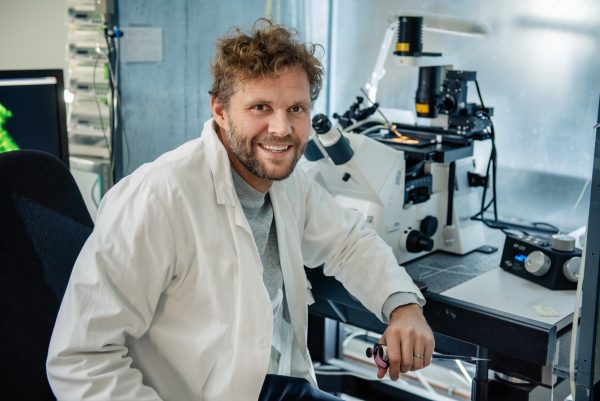What is your field of research or expertise?
For the past 10 years, my work has focused primarily on Ca2+ handling and t-tubule remodeling during cardiac disease in animal models and human patients.
Recently, I was awarded a career stipend from the Norwegian research council (Young research talent) evolving around heart disease in farmed Atlantic salmon. This is a major issue in Norwegian aquaculture resulting in massive economic losses, that exceeded 1.5 billion NOK in 2018 alone. Consequently, my current main focus is aimed at unraveling the mechanisms underlying development of such diseases in salmon. Originally a fish physiologist, I feel well equipped to solve this task and hope to be able to aid the industry while at the same time conducting interesting research. In parallel, I continue my work on mammalian heart disease, currently focusing on key differences between patients with and without diabetes.
Why did you first become interested in research?
I was fascinated by the concept of developing hypotheses and testing them in a controlled and standardized manner to discover novel physiological mechanisms and traits.
What scientific paper has made you the most excited?
The very first paper I published was perhaps the most exciting. But I also take a lot of pride in my most recent paper, where we characterized cardiomyocyte phenotypes across different disease entities spanning from human patients to rat models. Here we identified principal differences between heart failure entities, that I hope will make an impact on my field of research and perhaps even for the treatment of heart failure.
What are your goals for the near future?
To continue my scientific work and develop my skills further.
What is the best thing about working at IEMR?
That the whole institute focusses on cardiac research. This facilitates in-house expertise regarding most heart related issues and ensures an excellent infrastructure.
